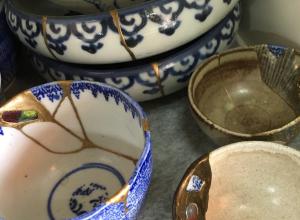Without Claude Monet, there is no Mark Rothko, no Jackson Pollock, no Clyfford Still. His masterful rendering of light, bold coloration and gestural brushwork were not just resplendent, they represented the first forays into abstraction. On this episode of Expert Voices, Brooke Lampley discusses Monet’s Coin du bassin aux nymphéas, which will be offered as a highlight of Sotheby's Modern Evening Auction on 16 November. Coin du bassin aux nymphéas represents one of the very best of Monet’s late works and exemplifies his tremendous influence on the generation of artists who would follow.
Latest Art News
Public art on university campuses are the physical embodiment of institutional missions, and help to contribute to the creation and maintenance of the places where the community can learn, live, and dialogue, within an environment that is rich in meaning.
Ever since their construction, the monuments and structures of ancient Rome have amazed and astounded their viewers with their grandeur and the ingenuity of their engineering. Throughout its history, Rome conquered much of modern Europe, northern Africa, and the Middle East, encompassing nearly 1.7 million square miles of territory at its height.
It’s the first night of Passover! Tonight, Jews all around the world will sit down together and recount the story of their ancestor’s exodus from Egypt and the Jewish people’s liberation from slavery. The Passover story is from the book of Exodus, which is one of the most central stories of the Torah, and it reflects some of the biggest themes in Jewish history: oppression, freedom, adversary, and the idea of a homeland.
The largest Vermeer exhibition ever staged just opened at the Rijk in Amersterdam. Gathering 28 of his 37 paintings, the exhibition is a closer than ever look into Vermeer’s artistic practice.
Although such collections were kept by a wide range of groups and individuals—from Tsars to churches and apothecaries to scientific academies—a new wave of scholars have taken particular interest in the motives and cultural implications of the wealthy, often aristocratic, hobbyist collector.
Instagram, shop windows, and street style all shout that the 2000s are back: baggy low-rise jeans, baguette-style purses, paisley halter tops. But what happens when the decade in vogue is neither new nor nostalgic to us?
Lately there have been investigations that highlight new theories on some of history’s greatest artists and their paintings. We wanted to dive into these theories to discuss their arguments, histories, and if there is any validity to them. Regardless, these new theories have proven that even if a work is three, or four, or five hundred years old, it can still cease to amaze and perplex us.
In the third installment in our series on jewelry’s place in art history, we’re exploring how the once-Emperor Napoleon used jewelry, and in particular, cameos, to try and secure his place in history.
Dadaism or Dada is an art movement of the early twentieth century characterized by irreverence, subversion, and nonsense. Dada art, performance, and poetry emerged in Zurich as a reaction to the horror and misfortune of World War I.


![DEl Kathryn Barton [Australian b. 1972] the more than human love , 2025 Acrylic on French linen 78 3/4 x 137 3/4 inches 200 x 350 cm Framed dimensions: 79 7/8 x 139 inches 203 x 353 cm](/sites/default/files/styles/category_card_187x139/public/ab15211bartonthe-more-human-lovelg.jpg?itok=LJbNuU6F)

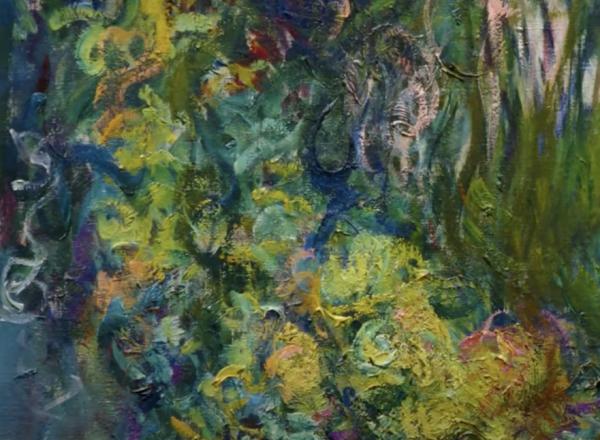

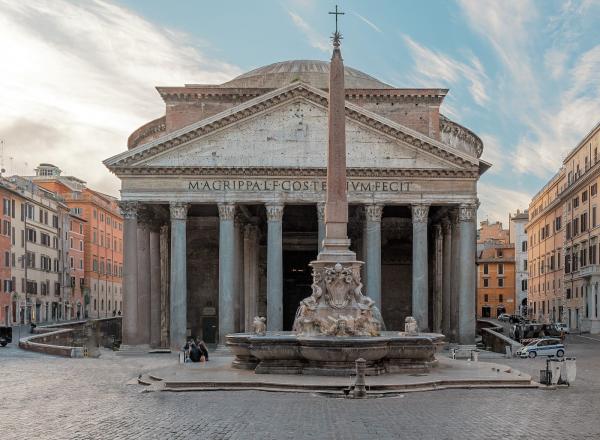
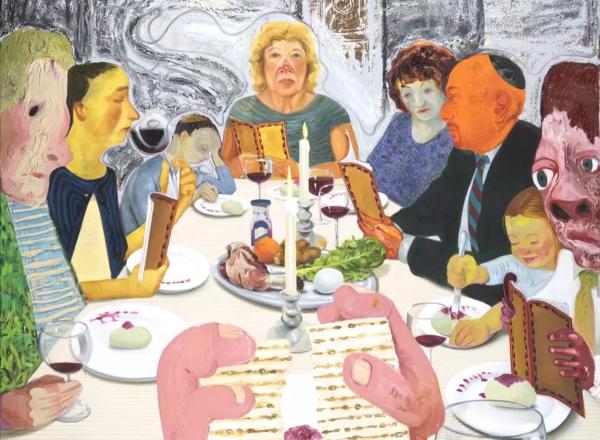
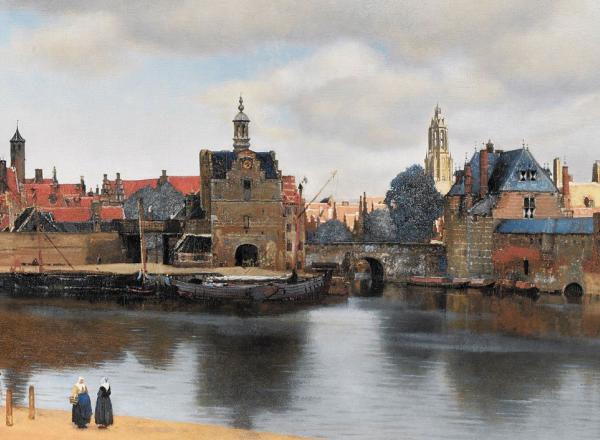
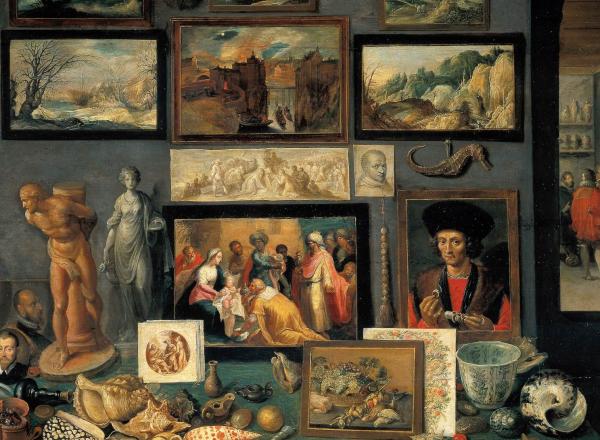

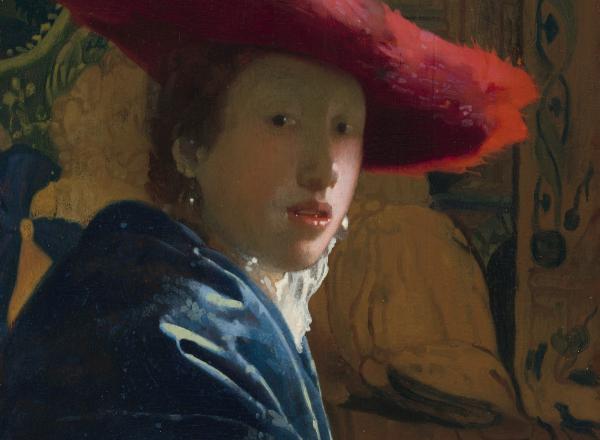
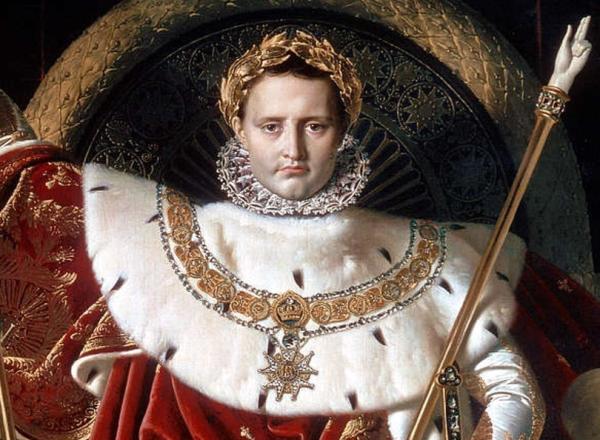
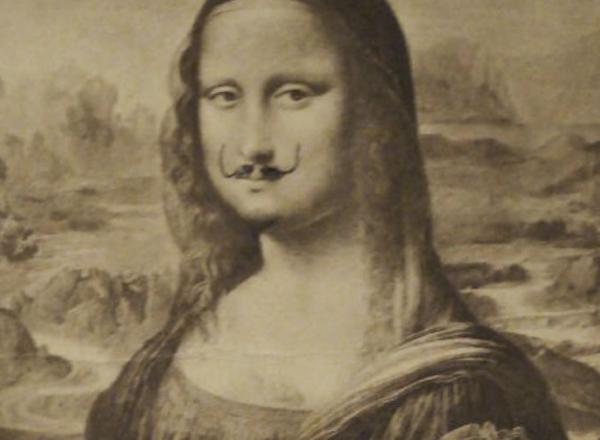
















![Ginevra de’ Benci [obverse]. 1474/1478. Leonardo da Vinci. Oil on Panel. Ailsa Mellon Brue Fund, National Gallery of Art.](/sites/default/files/styles/image_5_column/public/ginevradebenciobverse196761a.jpg?itok=hIzdUTaK)

![Merina [Pop Chalee] Lujan, Taos, 1906 – 1993, Yellow Horse, gouache on paper, 13 1/8 x 18 1/8 in. (33.3 x 46 cm.) Estimate: 1,000 – 2,000](/sites/default/files/styles/image_5_column/public/4630-58.jpg?itok=kBAYkc0u)
